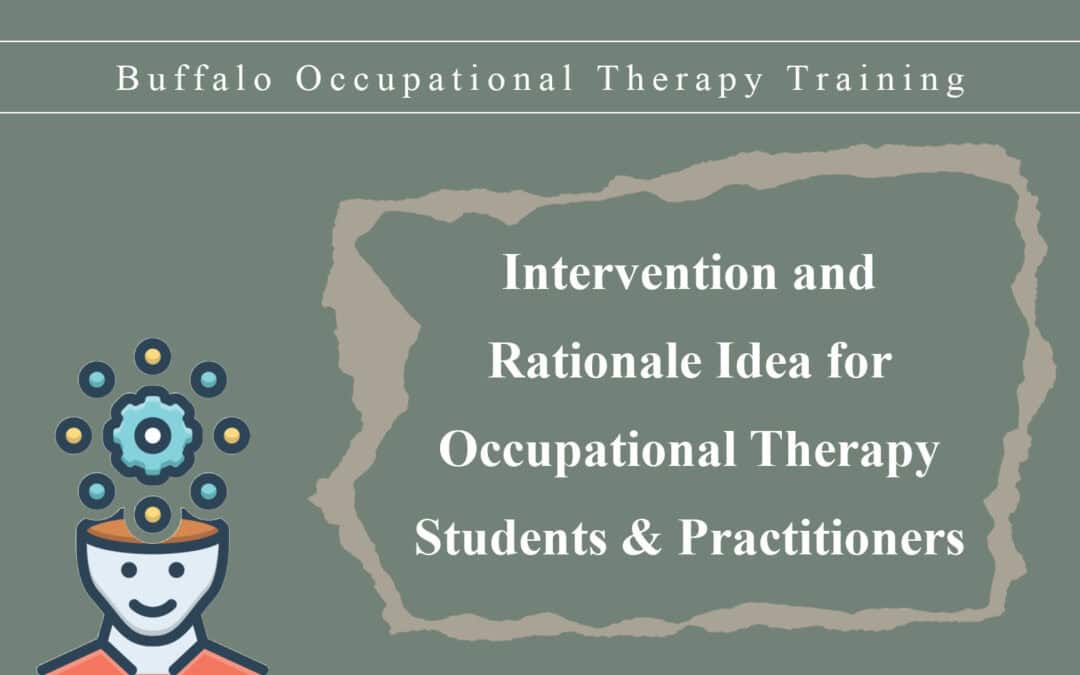Functional Grasp [Reach. Grasp, Place] | Occupational Therapy Interventions
Functional Grasp Training
Occupational Therapy Intervention : Functional Grasp
Documentation and Activity Rationale
The patient engaged in reach, grasp, and release activity in which he was challenged with midline crossing, movement intention, grasp release, gross grasp, and modulation of movement. x20 cones were completed within 7m 37s with moderate difficulty and x5 tactile cueing for proper form.
Grading Strategies
Grading Up:
- use larger cylindrical objects
- use a combination of objects
- complete while standing
- set up to facilitate trunk rotation
- complete seated
- decrease amount of cones
Grading Down:
- complete seated
- decrease amount of cones
Appropriate Diagnoses / Deficits
- s/p hand and/or wrist surgery
- muscle weakness
- CVA
- TBI


